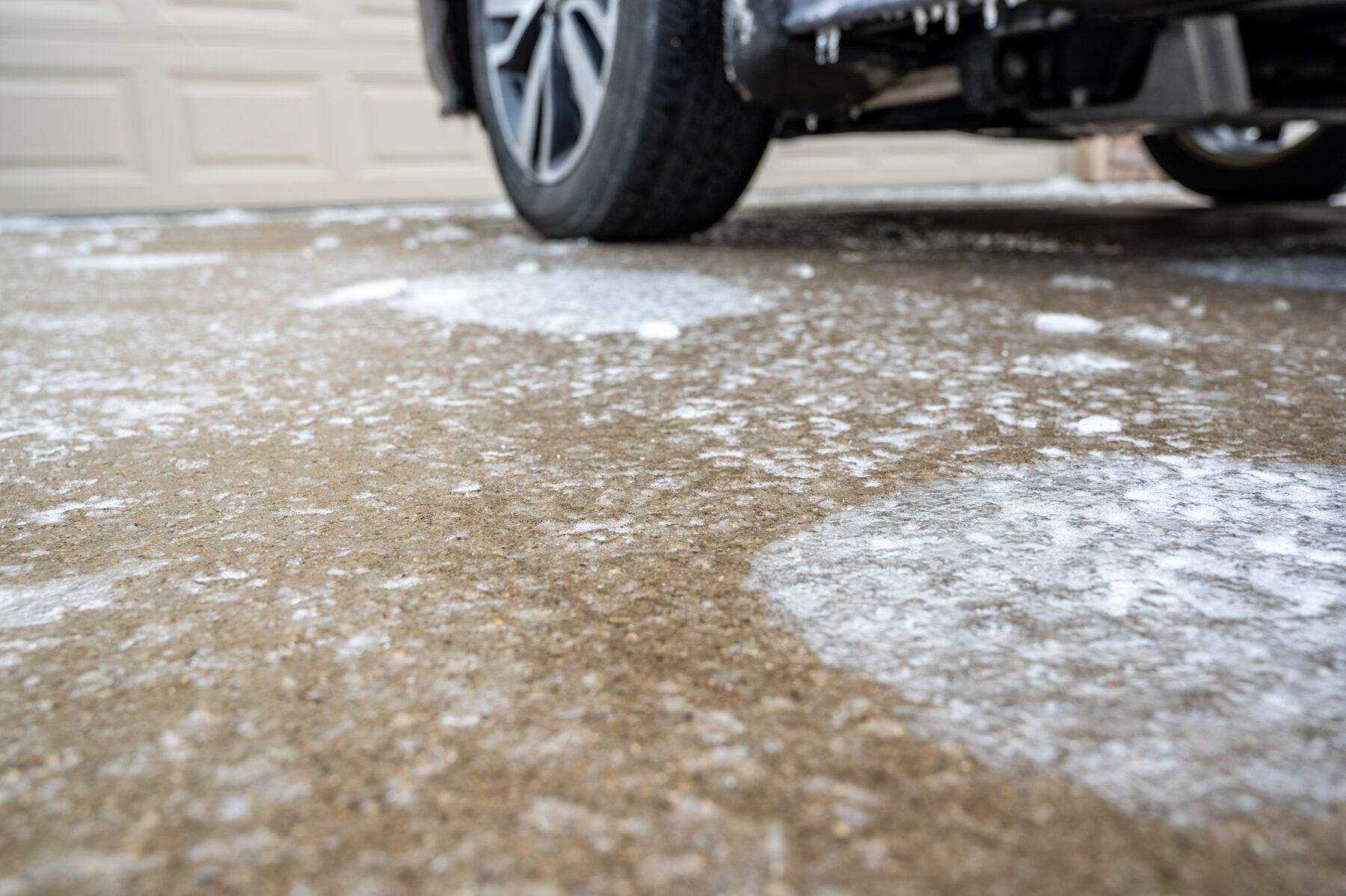Preparing Your Concrete Projects for Winter: Essential Tips for Worksite Safety
October 3, 2023

With the cold coming, it’s crucial to understand how it can impact your concrete projects and, more importantly, worksite safety. For firms like Staker Parson, ensuring the safety of our crew and maintaining the integrity of our projects is of utmost importance. Here are essential tips to make sure your concrete projects are winter-ready.
Understand the Role of Temperature on Concrete Setting
The colder environment slows down the chemical reactions involved in concrete settings. This means that concrete poured during the colder months might take longer to set and strengthen. Before starting your project:
- Check the weather forecast: Ensure that temperatures won’t drop below freezing for at least 24 hours post-pour.
- Pre-heat the components: Warming the water and aggregates before mixing can ensure the mixture maintains an optimal temperature.
Use the Right Mix
In winter, the standard mix might not be the best choice. Many experts recommend using a mix with a lower water content to prevent freezing. Additionally, consider adding accelerators to speed up the setting process. These adjustments help in achieving the desired consistency and strength.
Maintain a Safe Worksite
Safety should always be at the forefront of your operations. With the risk of frost and ice, winter brings additional hazards.
- Clear the area: Remove ice, snow, and water puddles from your worksite daily. These can pose a slip-and-fall risk for your crew.
- Light up: As days get shorter, ensure there’s adequate lighting to safely complete tasks.
- Provide suitable gear: Ensure that your crew is equipped with non-slip boots, warm gloves, and reflective clothing. The right gear not only keeps them safe but also ensures they can work effectively.
Protect Freshly Poured Concrete
Freshly poured concrete is susceptible to freezing, which can lead to surface scaling and cracking.
- Use insulating blankets: Once you’ve poured the concrete, cover it with insulating blankets. These help in retaining the heat generated during hydration, ensuring a steady curing process.
- Consider windbreaks: Wind can drastically reduce the temperature of the surface. Setting up temporary windbreaks can be beneficial, especially in particularly windy areas.
Stay Informed and Educate Your Team
The world of construction is constantly evolving, with new techniques and products being developed regularly. Stay updated with the latest best practices for winter concreting.
- Attend workshops: Join winter concreting workshops. These offer practical insights and hands-on experience.
- Educate your team: Ensure every team member understands the unique challenges of winter and the necessary precautions. Regular training sessions can make a significant difference.
Plan for Emergencies
Despite all precautions, winter can be unpredictable. It’s always a good idea to be prepared for emergencies.
- Have a weather monitoring system: Invest in a reliable weather monitoring system. This will provide timely alerts if there’s a sudden drop in temperature or unexpected snowfall.
- Emergency kits: Equip your site with emergency kits containing items like first-aid supplies, extra blankets, and warm beverages. In the case of an unexpected event, these can be lifesavers.
By understanding the unique challenges that colder months bring and by preparing your worksite and crew accordingly, you can ensure both the safety and the success of your concrete projects.
Remember, the goal isn’t just to continue working during the winter but to do so safely and efficiently. As the temperatures drop, don’t let your guard down. Stay informed, stay prepared, and most importantly, prioritize the safety of everyone on the site.